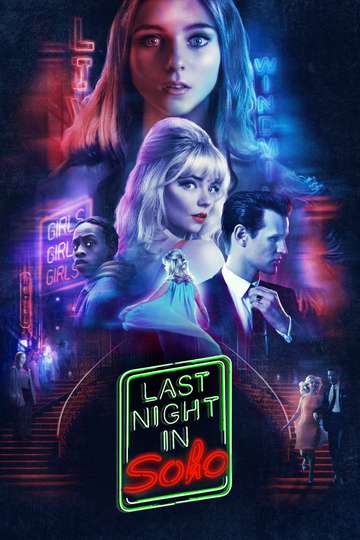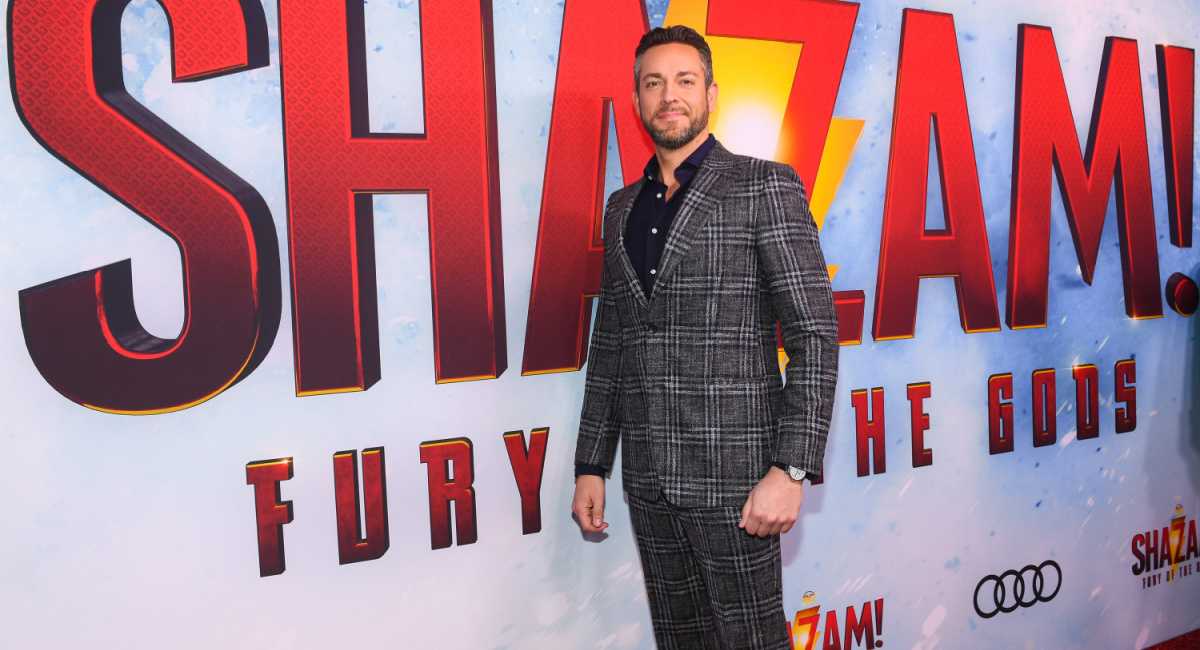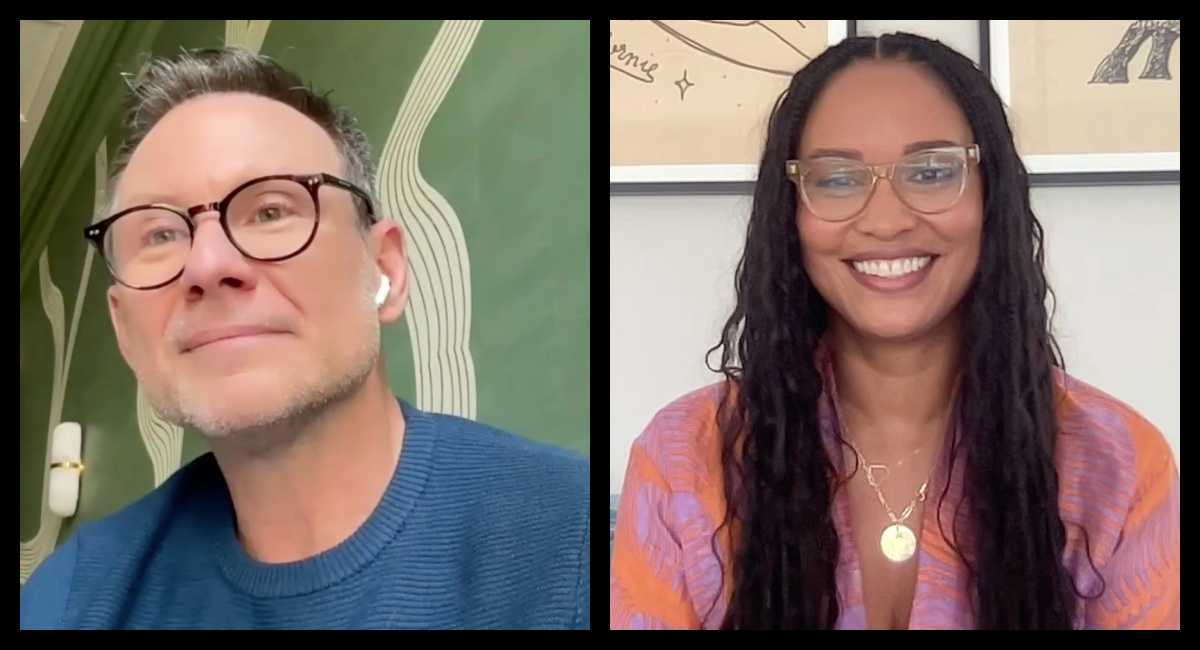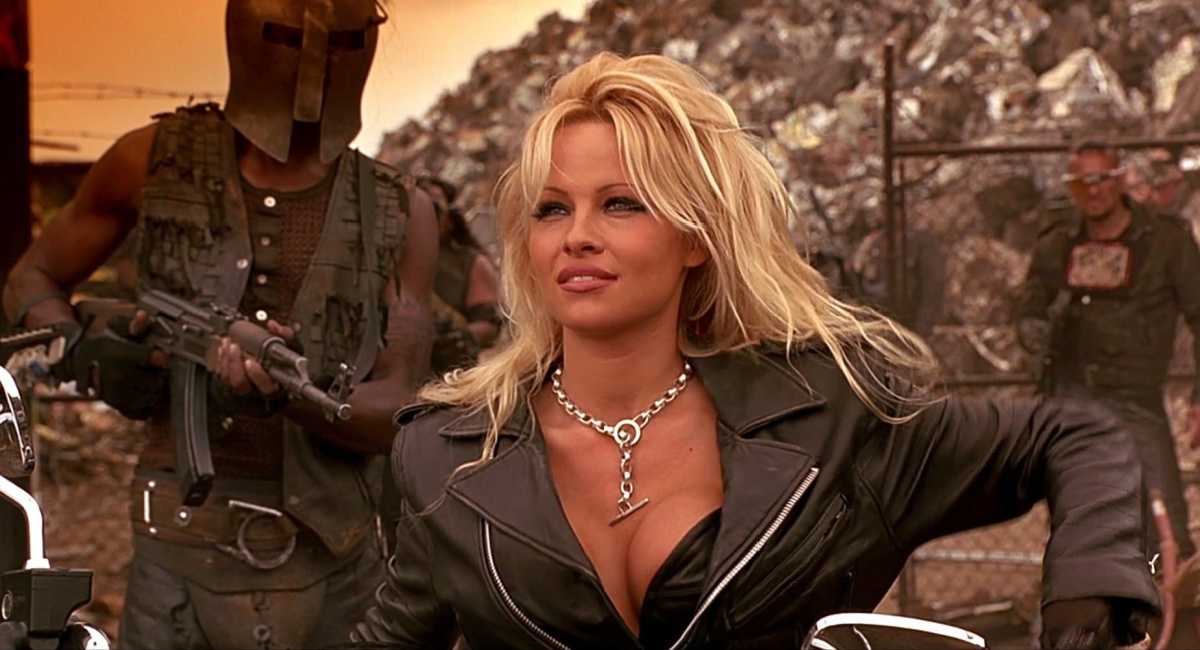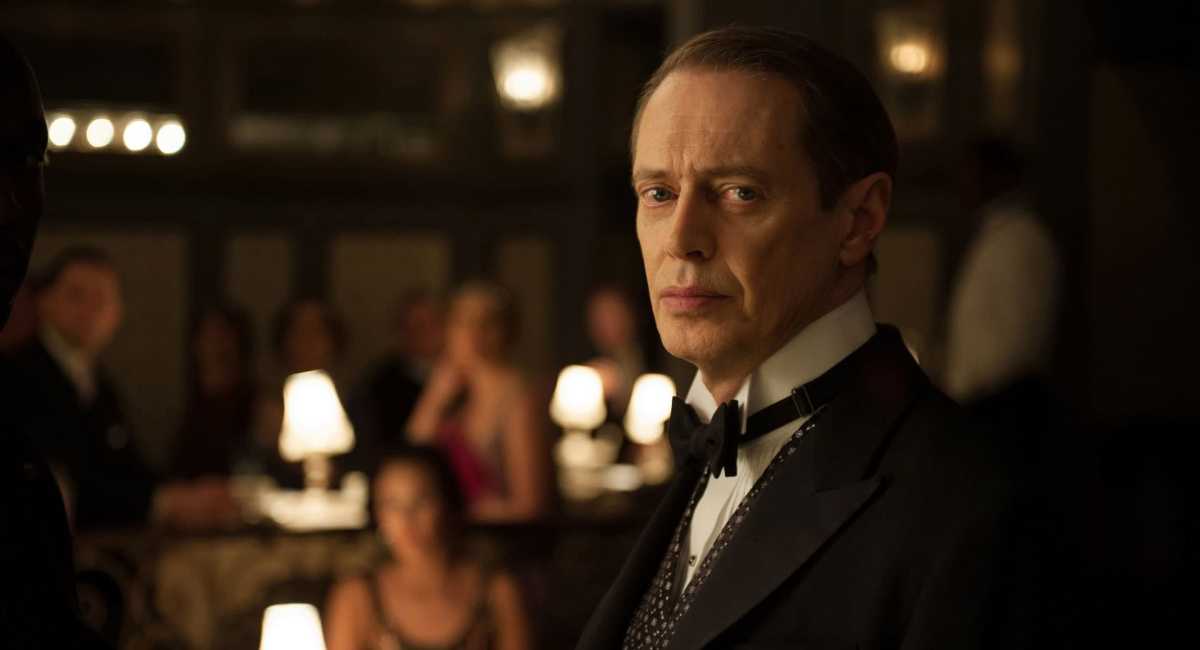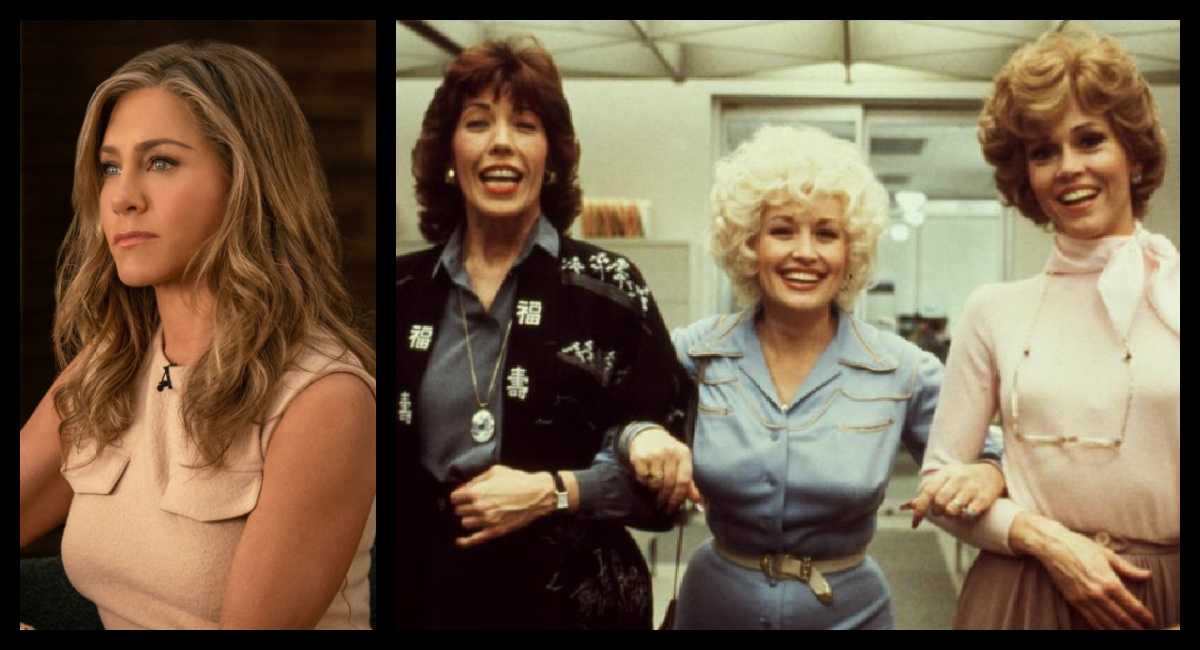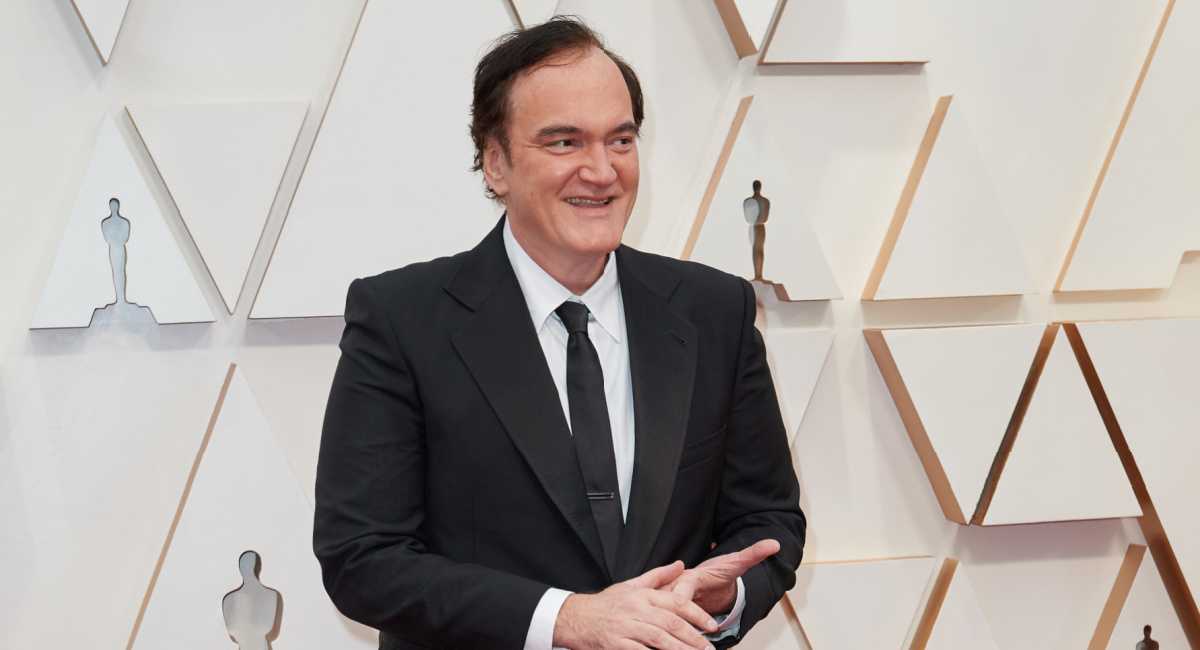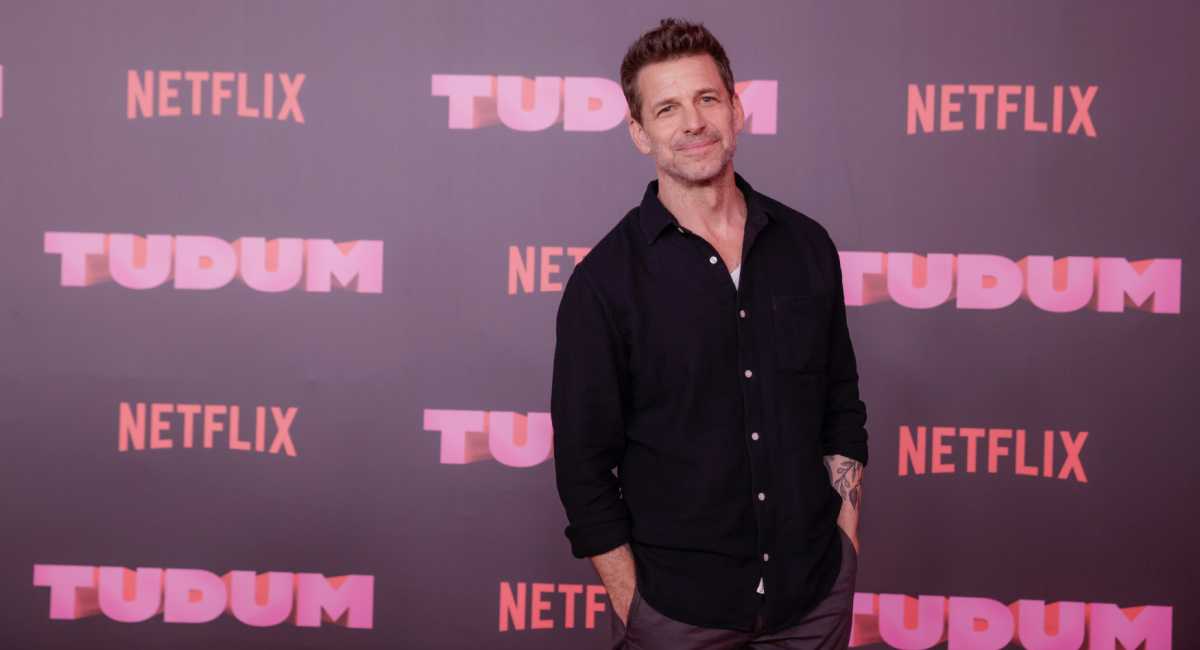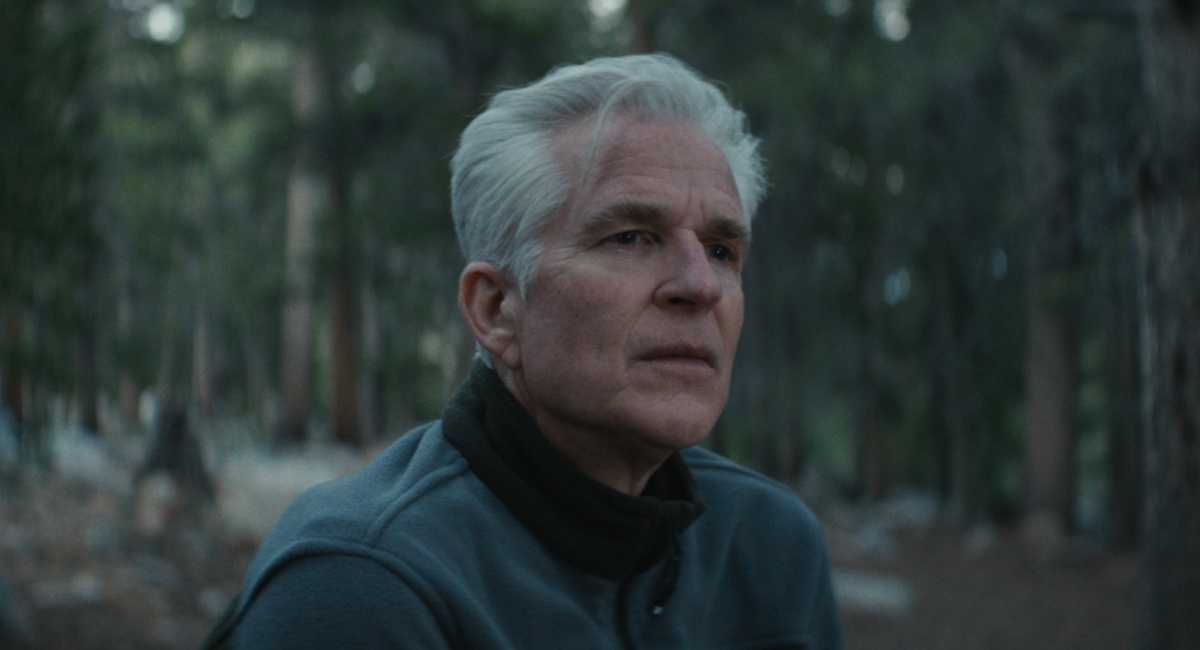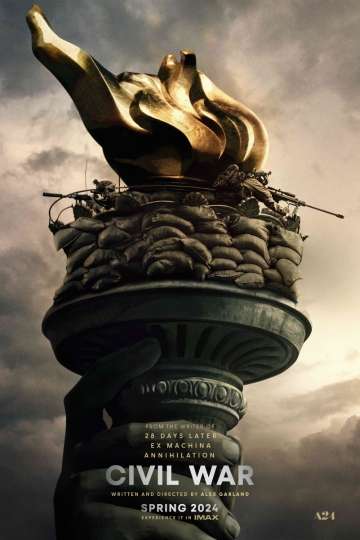TIFF Interview: ‘Last Night in Soho’ Director/co-writer Edgar Wright and Co-writer Krysty Wilson-Cairns Discuss Their New Film
The filmmakers talk about shooting in SoHo and casting Anya Taylor-Joy and Thomasin McKenzie in their period film.

Writer/Director Edgar Wright and Writer Krysty Wilson-Cairns on the set of their film 'Last Night in Soho'
Initially inspired by their experiences as young people in London’s Soho district, with ‘Last Night In Soho,’ Edgar Wright and Krysty Wilson-Cairns (‘1917’) have crafted a love letter to the neighborhood that also serves as a warning against the dangers of living in nostalgia. With Wright’s signature visual panache and a killer soundtrack, ‘Last Night In Soho’ stars Thomasin McKenzie (‘Leave No Trace,’ ‘Jojo Rabbit’) as Eloise, a starry-eyed fashion design student from Cornwall. Her dreams of London become a nightmare as she begins to have visions of her room’s previous tenant, a young woman from the swinging 60s named Sandy, played by Anya Taylor-Joy (‘Emma.,’ ‘The Queen’s Gambit'). As their worlds collide, Eloise learns to look deeper into the psychic world around her.
Director and co-writer Edgar Wright and fellow co-writer Krysty Wilson-Cairns sat down with Moviefone after the film’s North American premiere at the Toronto International Film Festival to discuss it’s many themes.
Moviefone: What do you think is so beguiling about Soho past and present?
Edgar Wright: I think in a way even if your experience or knowledge of it only comes from the big screen, that's not necessarily a bad way to go into the movie, because in a sense the character Eloise, played by Thomasin McKenzie, is trying to process the expectation versus the reality. And I think probably, as both of us moved from -- I moved from the country to London, Krysty, moved from Glasgow to London -- you sort of have an idea of what London might be sort of processed through kind of like the swinging 60s, but the reality of it is not quite like that. And then maybe like what the movie is, is also the actual time was not all like that either. I think the thing about Soho that is fascinating as a place to sort of be loved and feared is that everything is coexisting in like a square mile. It's the center of show business. It's the center of film and TV. It's a big entertainment district, kind of like music and comedy clubs, and theater and restaurants. But also, it also houses the sort of the darker side of Soho, completely coexisting in a way that like, I think, for a lot of people who kind of just walk through there and don't really stop, understand and think about it, like, probably never think about it. And for me and Krysty, who have spent a lot of time there, we find it impossible not to think about that. Impossible not to think about the past when you're looking at buildings that are 400 years old. To think about what have these walls seen? Who used to live here? Both of us at different times we have lived in Soho, so it's kind of something that's just like, it's sort of the whole place is just inescapable. And even when I've done Hollywood movies like ‘Baby Driver’ or ‘Scott Pilgrim;, I've ended up editing them back in Soho. So it always feels like there's this kind of gravitational pull that’s pulling me back to it.
Krysty Wilson-Cairns: I lived above a strip club in Soho. I remember, the flat next to me had like, you know how they do blue plaques in London where famous people had lived? Karl Marx had lived in the flat next to me. It's like, if you walk around Soho, there's all these things. And I just remember I was thinking like, what are these walls seen? Like, what has this street seen? Edgar and I are both of that mindset. What's happened here? How could we ever imagine it? And if you spend a lot of time imagining it, I suppose the end result becomes something like ‘Last Night In Soho’.
MF: You’ve mentioned how some of the songs inspired sequences in the film. Could you give an example?
Wright: At a certain point, the songs almost became post-it notes as reminders for me to make the movie. Because even just hearing them would set off this, like movie version of synesthesia where it's I have to make this movie. One example would be, there's a cover of "Wade In The Water" by The Graham Bond Organization, which is the song that plays during the dance sequence with Matt Smith and Anya-Taylor Joy and Thomasin McKenzie in the first dream sequence. Whenever I would hear that song, I would just start imagining that first dream, so it was kind of very clear to me. Also, the Cilla Black song, "You're My World," the way that that song starts with those very dramatic strings. So even just hearing that I would start to conjure up the sort of the tone and the mood. I had the story worked out, but like I said, the sort of note on the fridge would be the songs, and then I might hear the song randomly I would be like "I have to make this movie!"
MF: One of the few songs not from the 60s was "Happy House" by Siouxsie and the Banshees. Was that a song you had always thought to use?
Wright: I love that song, and I think the production on that song is incredible. There's a scene in the movie where they are at a student union Halloween dance that it felt like an appropriately gothy Halloween song to play. Also, I like songs that become famous in a different realm. Like we use "I've Got My Mind Set On You," the original by James Ray, which most people know as the George Harrison cover. And a lot of people know "Happy House" because The Weeknd sampled it.
MF: When it first started playing, I was like it was gonna be The Weeknd or Siouxsie? I wasn’t sure.
Wright: I like that for some people they maybe don't know the original going, "Oh, it's The Weeknd!" and then, "Hey, wait a minute. This is the original song."
MF: Obviously, you're a huge cinephile and when Rita Tushingham showed up I immediately thought of ‘A Taste of Honey.' Did any of the films from that era starring Rita Tushingham, Diana Rigg, or Terence Stamp speak to you or make their way into the film?
Wright: Well, you already mentioned ‘A Taste Of Honey,’ Rita Tushingham’s movie. I mean, it doesn't really have too much bearing on ‘Last Night In Soho,’ but there is something about the production because Rita Tushingham was 18 when she shot that film, and Thomasin McKenzie was 18 when she shot this. The idea of Rita playing Thomasin’s grandmother was just like… When those actors walk on set, you just can't quite believe it. And, you know, Rita Tushingham is about nice and low-key and sweet and friendly, but there is a point where you go, that’s Rita Tushingham! From ‘Dr. Zhivago!’ Weirdly, there's a film that she did, a Hammer movie, in the early 70s called ‘Straight On Till Morning,’ and the opening of the movie is a little similar to the opening of ‘Last Night In Soho’ even though I saw the movie after we'd written the script. I saw the movie between writing the scripts and making it. I told Rita I had seen ‘Straight On Till Morning’ and Rita said that she’d never seen that film because she figured it was gonna be too scary. I was like, ‘you were in it!’ and she said it was scary making it, so she never felt the need to watch it. And I said, are you gonna be okay watching this film?
MF: How did Anya Taylor-Joy and Thomasin McKenzie join the cast?
Wright: I had met Anya in 2015 because I was on the jury for Sundance, and I saw ‘The Witch’ and we gave that best director award to Robert Eggers. And watching that film, long before Krysty and I actually met and written the script together, I saw Anya in that movie and thought she needed to be the lead in my Soho movie. So we met for coffee in LA, and I basically, unplanned, told her the entire plot of the film. And she was like, "Whoa, I want to be part of that movie!" Then over the next three years, and especially once we started writing, I’d see Anya in other movies, and I'd seen her just explode like a firework on the red carpet and just be this person who seems like she could be a star in silent movies or the 1930s or the 1960s. So it was like, as we were writing the draft, and the Sandy character was starting to get bigger, I was like, I think Anya should play the Sandy character. Also, we'd written this scene into it where she sang. When we finished the script, she was the first person to get the script. And I said, "I want you to look, you know, plot twist, I want you to look at the character of Sandy instead," and she goes, "I would love to play Sandy." So then we went looking for Eloise, and it was Nira Park, my producer, who said, have you seen ‘Leave No Trace?’ I said yeah, and she said what about Thomasin Mackenzie, who is the daughter? I was like, yeah. How old is she? She was 17 then and would be 18 by the time we started filming. I was thinking the character is 18 and there's always something really powerful about casting an 18-year-old as an 18-year-old. So I met her in Los Angeles and asked her if she loved the script and if there was anything that made her nervous about doing it? And she said, no, she’d love to be in the movie. So that was just kind of kismet. And it's that thing that I didn’t write it with her in mind, but as soon as she started speaking the lines at table reads, it’s like that’s Eloise.
MF: Krysty, you actually worked at the real Toucan pub. Can you talk a little bit about how that experience sort of made its way into the script?
Wilson-Cairns: I was a young girl who moved to London with the dream of working in showbiz, and I worked in a bar. I think working in a bar, you meet a lot of sorts of interesting characters, I think is the best way to describe it. There were a few sort of creepy silver-haired gentlemen in my bar in my time as well. And I think as a young girl, you feel safe, but there's also just an element of danger in that. And it's also something a lot of young people do, and I would do again because I got free booze. I think that sort of element of it kind of allows Eloise to feel real because I mean, London's expensive and when you're an 18-year-old, you need money to live. Especially if you want to buy really nice things, like she does with the vintage clothes.
MF: You mentioned the idea of a country mouse coming to a big city. Why do you think there's just so many different ways to discuss that feeling?
Wright: I think it's funny, if you have imposter syndrome, it never really goes away. Like I've never felt like I'm not the country mouse somehow. I remember that very profoundly, that time me and my brother weren't really aware of how wealthy our family were or not until we met other families. And I remember vividly going to our cousin's one Christmas, and being the first like wealthy people that we'd ever really met. And I remember saying to my brother, ah, we’re the country mice. I don't think that's ever really got away from me, actually. Obviously, I'm not an 18-year-old girl coming from Cornwall to London, but there are big parts of that journey that resonate with me. I put some of my experiences in there, and obviously, like Krysty's experiences as well. I take some pleasure in terms of quite a few people who said, we nailed the experience of going to college in London, like, painfully dead on. We know. We've been there.
MF: I went to school in San Francisco having grown up in the middle of nowhere, and I definitely did things I look back, and I'm like, why did I walk home at night like that by myself? I'm glad I'm not dead. Do you think some of that experience sort of made its way into some of the stuff that Eloise does in the film?
Wright: Yeah, I mean, I think the thing that kind of happens, which, a lot of people do, when they're when you come to the city, and you feel kind of out of place, it's then so like a fight to kind of keep your individuality. It seems like what the world is telling you is don't be an individual and try and fit in with other people, obviously, that isn't the answer. In the movie, it's not the right decision, but when she goes to move to the other place, she is in retreat. She hasn't given up on London, but she's trying to recreate the experience of being back at home. The building that she's in, which then leads into kind of her going sort of back to the 60s in her dreams, is initially a positive, alluring, glamorous thing and then starts to get darker and darker. But it's because the character, initially, she’s retreating from the modern world.
MF: Is there anything you’ve seen where you lived that you didn’t know about until you investigated further?
Wright: We've already talked about Karl Marx being next to a strip club, which I don’t think it gets better than that. I use the website Reel Streets all the time. I'm a real sucker for watching films and then trying to find the old streets. Where I live in London, not only can I see locations from the movie from my window, but even just like around the corner from me our locations from Michael Powell’s ‘Peeping Tom.’ So it's like, it's just inescapable to me. The newsagent that Thomasin goes into at the start of the movie is the newsagent from ‘Peeping Tom.’ It's still there. I didn't think the owners of the newsagent know that it’s in ‘Peeping Tom.’
MF: When the film is over, how do you hope the audience feels?
Wright: I think the main thing would be just an awareness of the history of the place that you're in. I always feel like in any city that has older buildings and stuff, there's the kind of people who just walk down the street and never think about it, and then there’s the kind of people like me and Krysty who look at old buildings. Look above the ground floor. That's always the thing in London, is like, look above the ground floor. Because once you go up one floor, you see the old buildings. And so we think about the past all the time, and maybe after the film more other people will too,
'Last Night in Soho' premiered on September 16 as part of the Gala Presentation series at the 2021 Toronto International Film Festival, and will open in theaters on October 29.
